What's Growing in the Medicinal Herb Garden?
Starting in 2025, We will be offering a "u-cut" option for the various medicinal herbs we are growing!
Check out the list below!
DISCLAIMER: I am not a medical doctor. I do not treat, cure, diagnose, or prevent disease or make any implication to do so. My statements on this website, and anywhere else I share content are for educational purposes only. No herbal statements are in any way approved by the FDA. No information I provide is meant to be substitute for suggestions or prescriptions made by your medical provider. Be sure you seek guidance from your medical provider before adding herbs and essential oils to your healthcare routine, especially if you are on medications, pregnant, nursing, elderly, or they are for children. These statements are not evaluated by the FDA. You, as an individual, are solely responsible for your health choices.
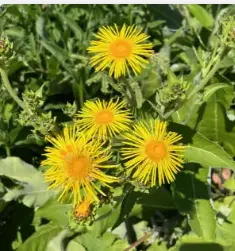
Elecampane
(Inula Helenium)
Traditional usage (TWM): bronchial infection, pneumonia and debilitating, chronic cough.
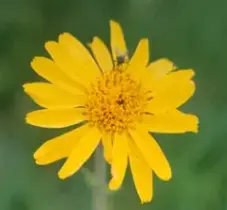
Arnica, Montana
Traditional usage (TWM): antiinflammatory.
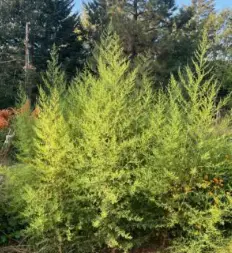
Sweet Annie
(Artemisia Annua)
Traditional usage (WHO): Antimalarial, cancer therapy, widely used to keep virus from replicating. Source of artemisinin.
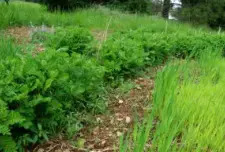
Astragalus
(Astragalus Membranaceus)
Chinese herb: Huang-qi. Traditional usage (TCM): increase vital energy and protect against illness.
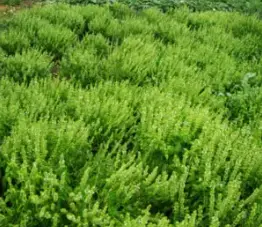
Basil
Mainly used in cooking but also very kind to the stomach and digestion.
Genovese: One of the best for making pesto.
Sweet: deliciously sweet
Greek: most concentrated true basil aroma
Mrihani: licorice-flavored
Thai: spicy taste
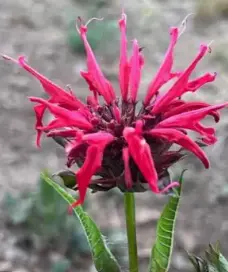
Bergamot, Red
(Oswego Tea, Monarda Didyma)
Traditional uses (TNAM): Antiseptic, carminative, mood enhancing.
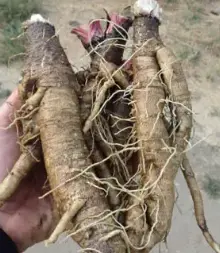
Burdock, Gobo
(Arctium Lappa)
Traditionally used as a remedy for all skin complaints, including simple rashes, eczema, psoriasis and acne. It's best known as a blood purifier, now referred to as an alterative for its ability to “alter” stagnant conditions associated with detoxification and elimination processes.
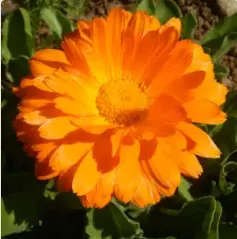
Calendula Officinalis
Traditional usage (TWM): antiseptic, inhibits inflammation, promotes healing.
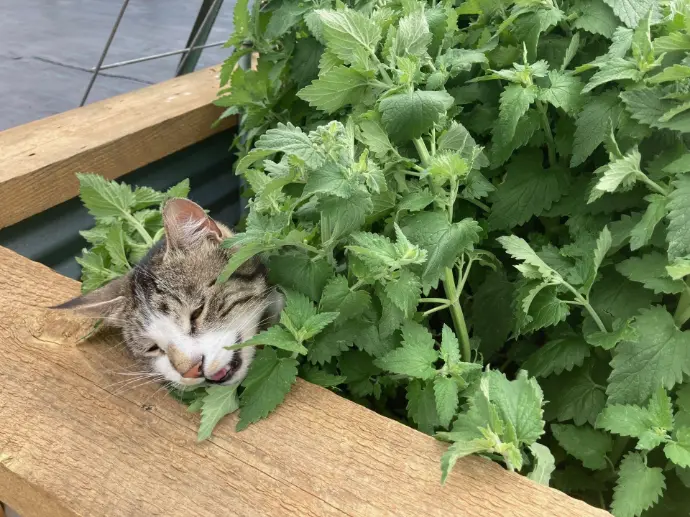
Catnip
(Nepeta Cataria)
Traditional usage (TWM): Sedative, aromatic, narcotic to cats.
*Juju (our 3-legged farm cat) was not harmed in the growing of the catnip... but he very much approves of it. #rehabrequired
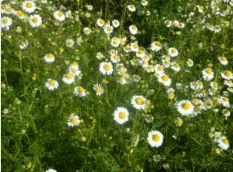
Chamomile, German
(Matricaria Recutita)
Traditional usage (TWM): stomachic, sedative.

Chamomile, Roman
(Chamaemelum Nobile)
Traditional usage (TWM): stomachic, sedative.
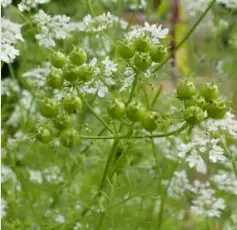
Cilantro
(Coriander)
Traditional usage (TWM): Chelation of heavy minerals.
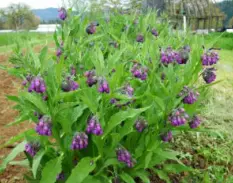
Comfrey, True
(Symphytum Officinale)
Traditional usage (TWM): Cell proliferation, cuts, scrapes, deep injuries. Source of cell-proliferating allantoin, immunotonic mucopolysaccharides and also potentially toxic pyrrolizidine alkaloids. Often recommended for external use only.
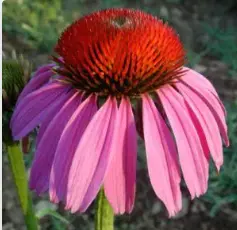
Echinacea Pupurea
Traditional usage (TWM): immune enhancement, anti-inflammatory.
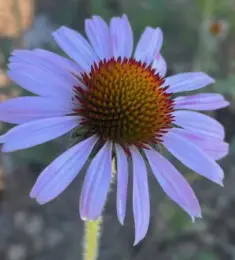
Echinacea Angustifolia
Traditional usage (American Indian, TWM): Snakebite, enhancement of immunity, anti-inflammatory.
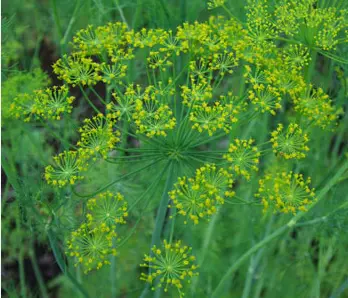
Dill
(Anethum Graveolens)
Who doesnt love the smell of Dill, and pickles, and dill gravy!?

Elecampane
(Inula Helenium)
Traditional usage (TWM): bronchial infection, pneumonia and debilitating, chronic cough.
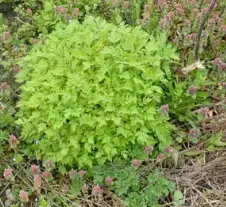
Feverfew
(Tanacetum Parthenium)
Traditional use (TWM): Antiinflammatory, migraine.

Figwort
(Scrophularia Nodosa)
Traditional usage (TWM): tumors, wounds, and other afflictions of the skin. Low dose botanical.
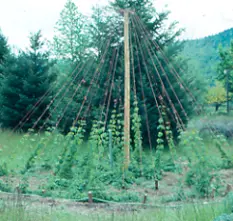
Hops
(Humulus Lupulus)
Traditional usage (TWM): Sleep inducing.
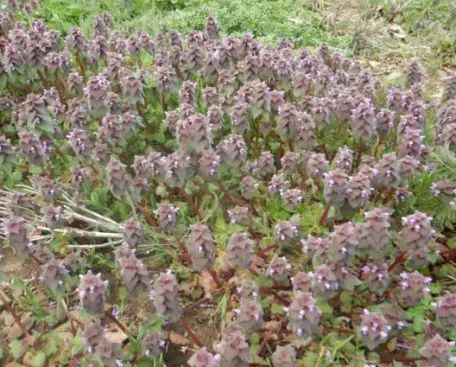
Henbit Red
(Lamium Pupureum)
Traditional usage (TWM): astringent, vaginal infections (dysmenorrhea and white discharge).
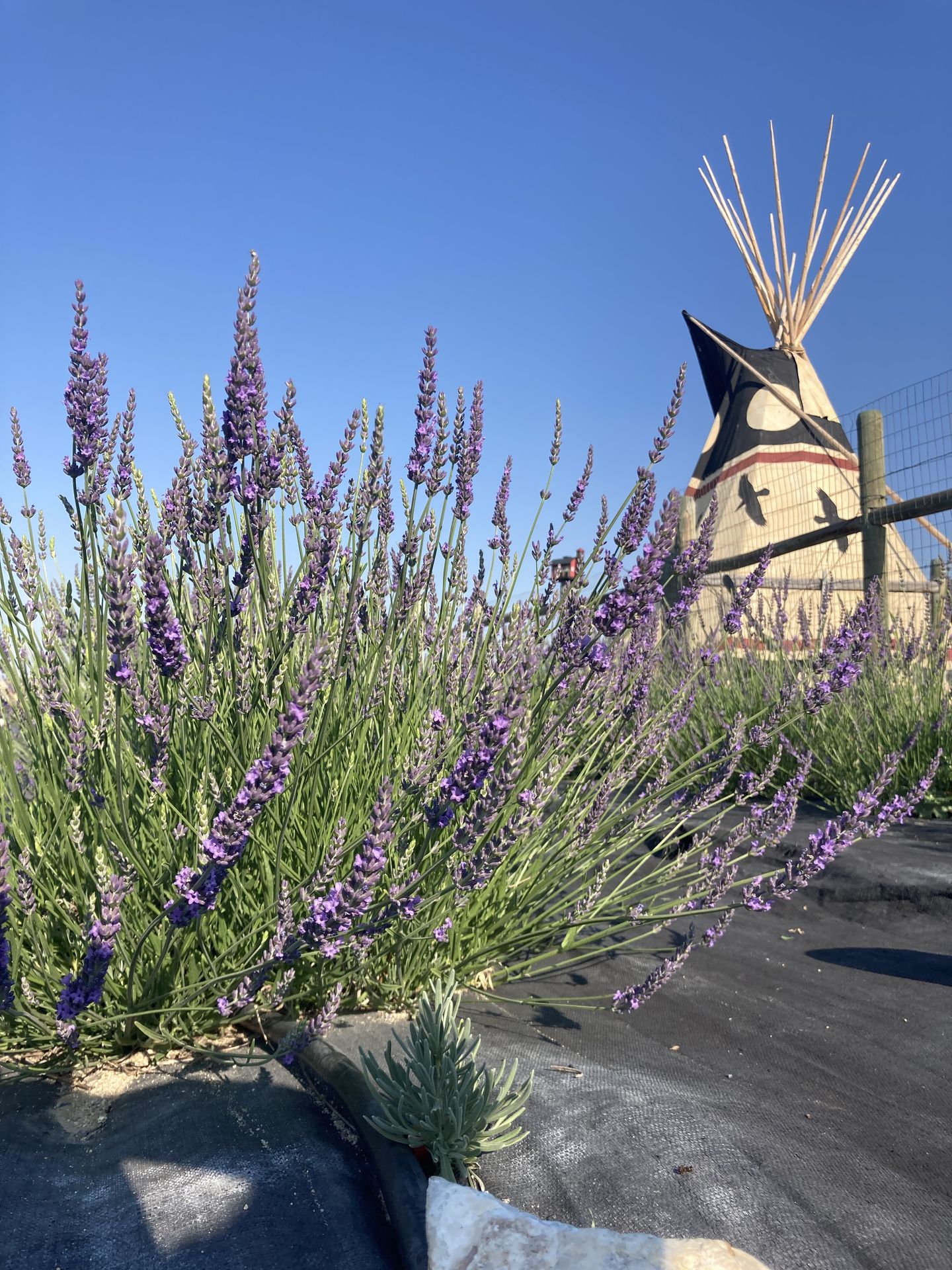
Lavender Varieties:
Phenomenal
Munstead
Hidcote
Stress relief, anxiety reduction, antiseptic, anti-inflammatory, pain relief, digestive health, insect repellent

Lemon Balm
(Melissa Officinalis)
Traditional usage (TWM): life extension, high blood pressure, migraines, hysteria, melancholia, goiter, hyperthyroidism and Grave’s disease.
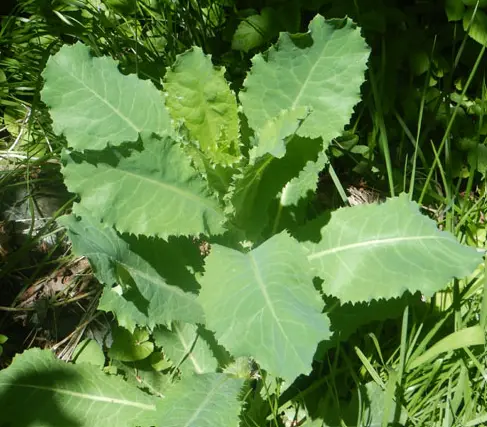
Wild Lettuce
Traditional usage (TWM): Sedative, pain-relieving, antispasmodic, digestive bitter, euphoric used to treat insomnia, restlessness, bodily pain, painful menses, digestive woes.
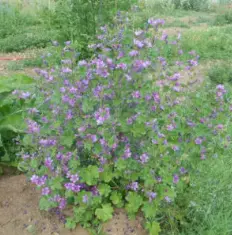
Mallow, High
(Malva Sylvestris)
Traditional usage (TWM): gastric upset, ulceration, burns and wounds.
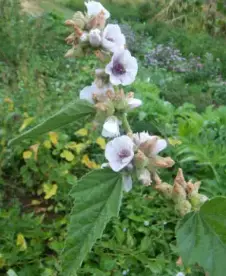
Marshmallow
(Althaea Officinalis)
Traditional usage (TWM): digestive, immune stimulant, ulcers.
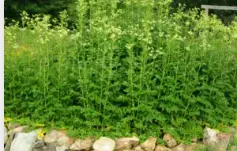
Meadowsweet
(Spiraea Ulmaria)
Traditional usage TWM: anti-inflammatory and pain relieving. Source of salicylic acid.
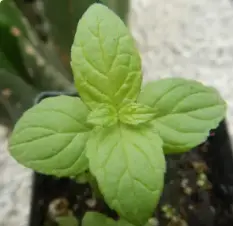
Mint, Peppermint
(Mentha Piperita)
Traditional usage:
aiding digestion, relieving headaches, soothing nausea, and easing muscle pain, as well as acting as a decongestant and antiseptic.
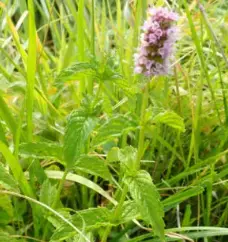
Mint, Spearmint
(Mentha Spicata)
Traditional usage: easing indigestion, nausea, and IBS. Additionally, spearmint may help with memory, reduce stress, and potentially lower blood sugar. It also has antibacterial and anti-inflammatory properties. GRAS for kids.

Echinacea Pupurea
Traditional usage (TWM): immune enhancement, anti-inflammatory.
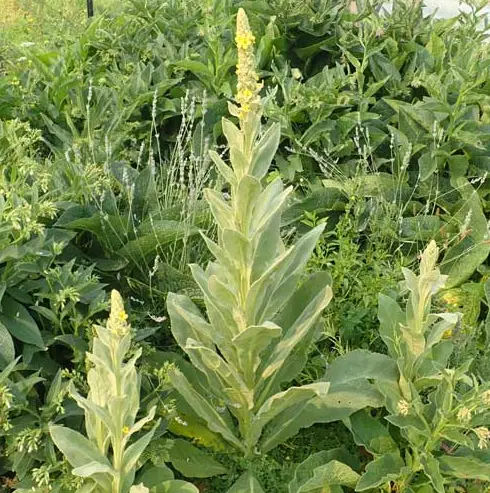
Mullein, Common
(Verbascum Thapsus)
Traditional usage (TWM): maladies of the mucous membranes, antitussive.
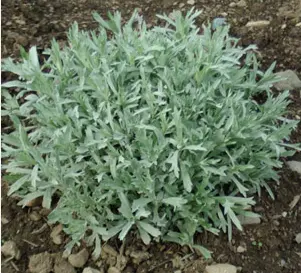
Mugwort, Western
(Artemisia Ludoviciana)
Traditional usage (Native American, TWM): ritual smudge, eczema, spider bite, stomachache, menstrual woes.
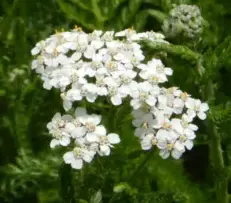
Yarrow, Noble
(Achillea Nobilis)
Traditional usage (TWM): vulnerary, anti-inflammatory, antiseptic and styptic.
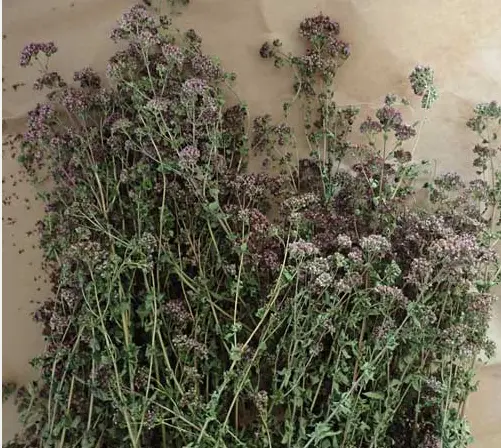
Oregano, Common
(Origanum Vulgare)
Traditional use (TWM): Culinary spice, flavoring agent, coloring agent, carminative and antiseptic. Colds, flu, indigestion, free radical scavenger.
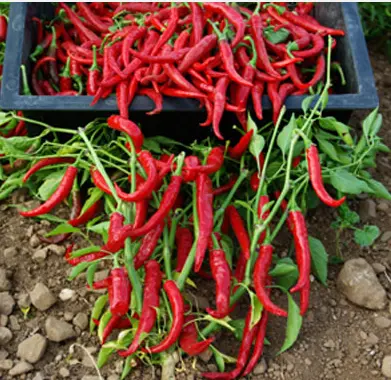
Pepper, Cayenne
(Capsicum Frutescens)
Traditional usage (TWM): circulation stimulant, antibacterial, vermifuge, against shock, life extension, prophylactic to cancer and heart diesease.* Source of capsaicin.
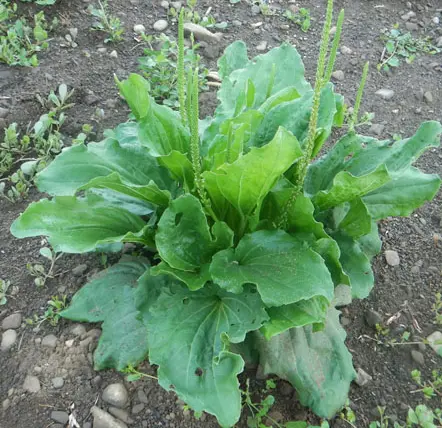
Plantain
(Plantago Major)
Traditional usage (TWM): antimicrobial and antiinflammatory, wound healing, immunotonic, soothing, diuretic. Source of antibacterial tannins and cell-proliferating allantoin.
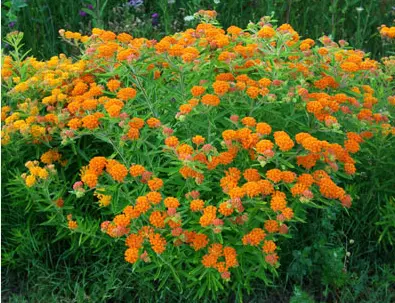
Pleurisy Root/ Butterfly Weed
(Asclepias Tuberosa)
Traditional usage (American Indian and TWM): inflammation of the serous membrane. Low dose botanical.
Magnetizes monarchs and feeds nectar to the bees.
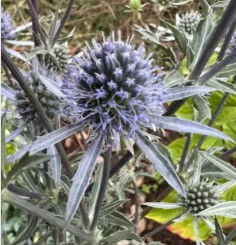
Sea Holly
(Eryngium Planum)
Traditional use of root and/or basal rosette (TWM): antioxidant, antibacterial, antifungal. Diuretic and antispasmodic in treatment of prostatitis, urinary tract infection and menstrual cramping. Source of chemopreventive falcarinol and antibacterial eryngial.
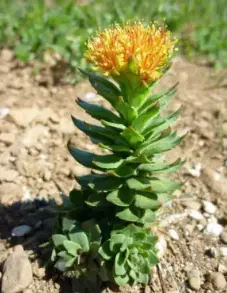
Rhodiola
(Rhodiola Rosea)
Traditional use (TWM): tonic, adaptogenic.
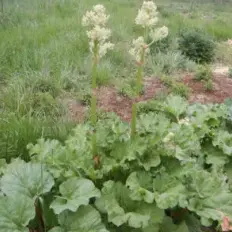
Rhubarb Officinale
(Rheum Officinale)
Traditional usage (TWM, TCM): Laxative.
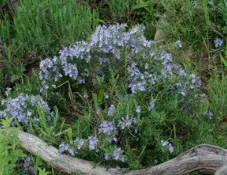
Rosemary
(Rosmarinus Officinalis)
Traditional usage: potent antioxidants and anti-inflammatory compounds, improved memory, reduced stress, and support for digestion and immune function.
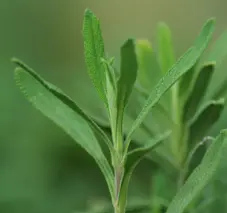
Sage, Garden
(Salvia Officinalis)
Traditional usage: supporting oral health, improving digestion, and potentially boosting brain function. It's also used traditionally for its anti-inflammatory, antioxidant, and antimicrobial properties.
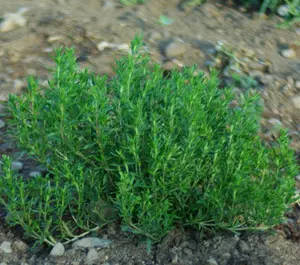
Savory, Winter
(Satureja Montana)
This makes good spice. Traditional usage (TWM): Carminative, antioxidant, antibacterial against MRSA. Source of thymol and carvacrol.
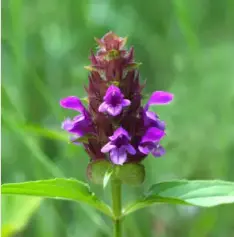
Self-Heal
(Prunella Vulgaris)
Traditional usage (TWM): astringent, analgesic, antiviral, open sores of the oral mucosa, herpes.
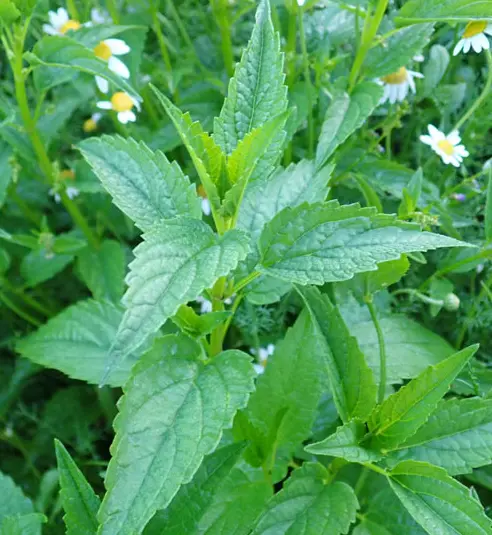
Skullcap, Official
(Scutellaria Lateriflora)
Traditional usage: TWM, sleeplessness, anxiety and depression.
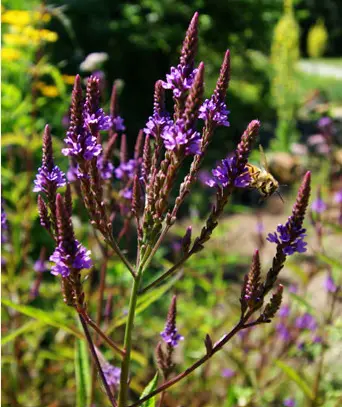
Vervain, Blue
(Verbena Hastata)
Traditional usage: indigestion, colds, and fevers.
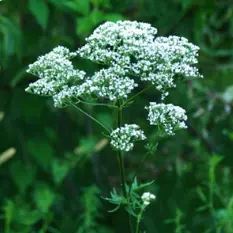
Valerian, Homestash
(Valeriana Officinalis)
Traditional usage (TWM): sedative.
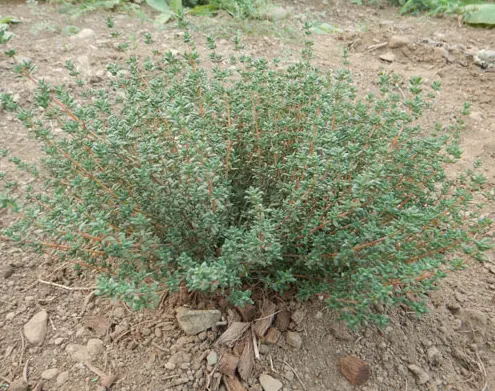
Thyme, German Winter
(Thymus Vulgaris)
Traditional usage: antimicrobial, antiseptic, and antioxidant properties. It may help with respiratory ailments, digestive issues, and as a general tonic.